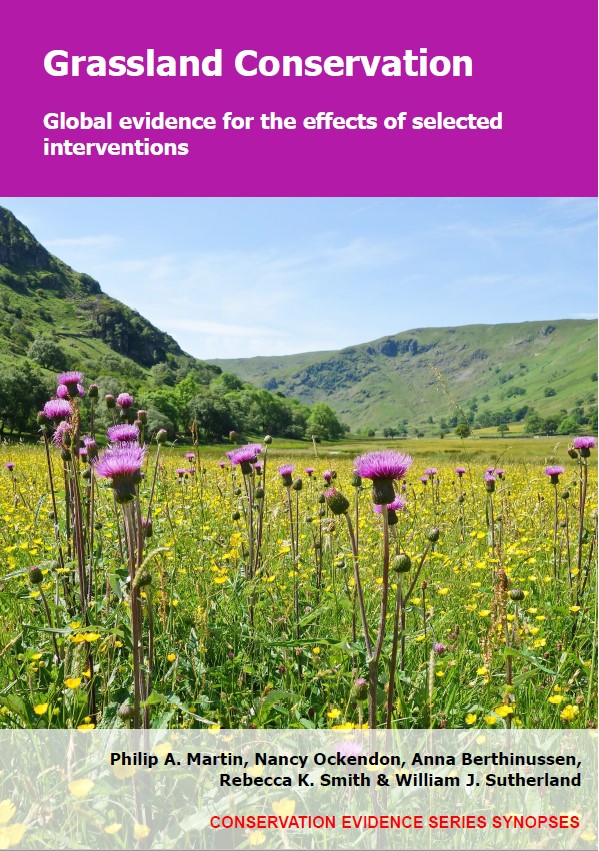Use slot/strip seeding
-
Overall effectiveness category Evidence not assessed
-
Number of studies: 2
View assessment score
Hide assessment score
How is the evidence assessed?
-
Effectiveness
not assessed -
Certainty
not assessed -
Harms
not assessed
Study locations
Supporting evidence from individual studies
A replicated, randomized, paired, controlled study in 1994–1996 at six improved grassland sites in the UK (Hopkins et al. 1999) found that strip seeding increased grass and forb species richness in most cases compared to not sowing seeds. No statistical analyses were carried out in this study. In 11 of 12 comparisons, strip seeded plots had more grass species (5–14 species/plot) than unsown plots (4–13 species/plot), while in one comparison, there were fewer grass species in strip seeded plots (7 species/plot) than unsown plots (8 species/plot). In eight of 12 comparisons, forb species richness was higher in strip seeded plots (7–25 species/plot) than unsown plots (4–15 species/plot), while in four comparisons, forb species richness in strip seeded plots was equal to or lower than that in unsown plots (both 5–8 species/plot). In August 1994, at each site, strip seeding (at a spacing of 23 cm and depth of <2 cm) was carried out in four 6 x 4 m plots, while four plots were left unseeded. Seed mixes contained seeds of five grass species and 18 forb species. In May/June of 1995 and 1996, three 40 x 40 cm quadrats were placed in each plot and the frequency of each grass and forb species recorded.
Study and other actions testedA review in 1996–2009 of three studies of semi-natural grassland restoration in the UK (Hedberg et al. 2010) found that strip seeding resulted in failed introductions of grassland species in the majority of cases. Two of three studies of strip seeding to restore semi-natural grasslands reported failed reintroductions, while one study did not report enough information to allow the success of the introduction to be determined. The review used keyword searches to identify studies where semi-natural grassland restoration was carried out. All studies of strip seeding used machinery to drill seeds into the soil.
Study and other actions tested
Where has this evidence come from?
List of journals searched by synopsis
All the journals searched for all synopses
This Action forms part of the Action Synopsis:
Grassland Conservation
Grassland Conservation - Published 2021
Grassland Synopsis





)_2023.JPG)














